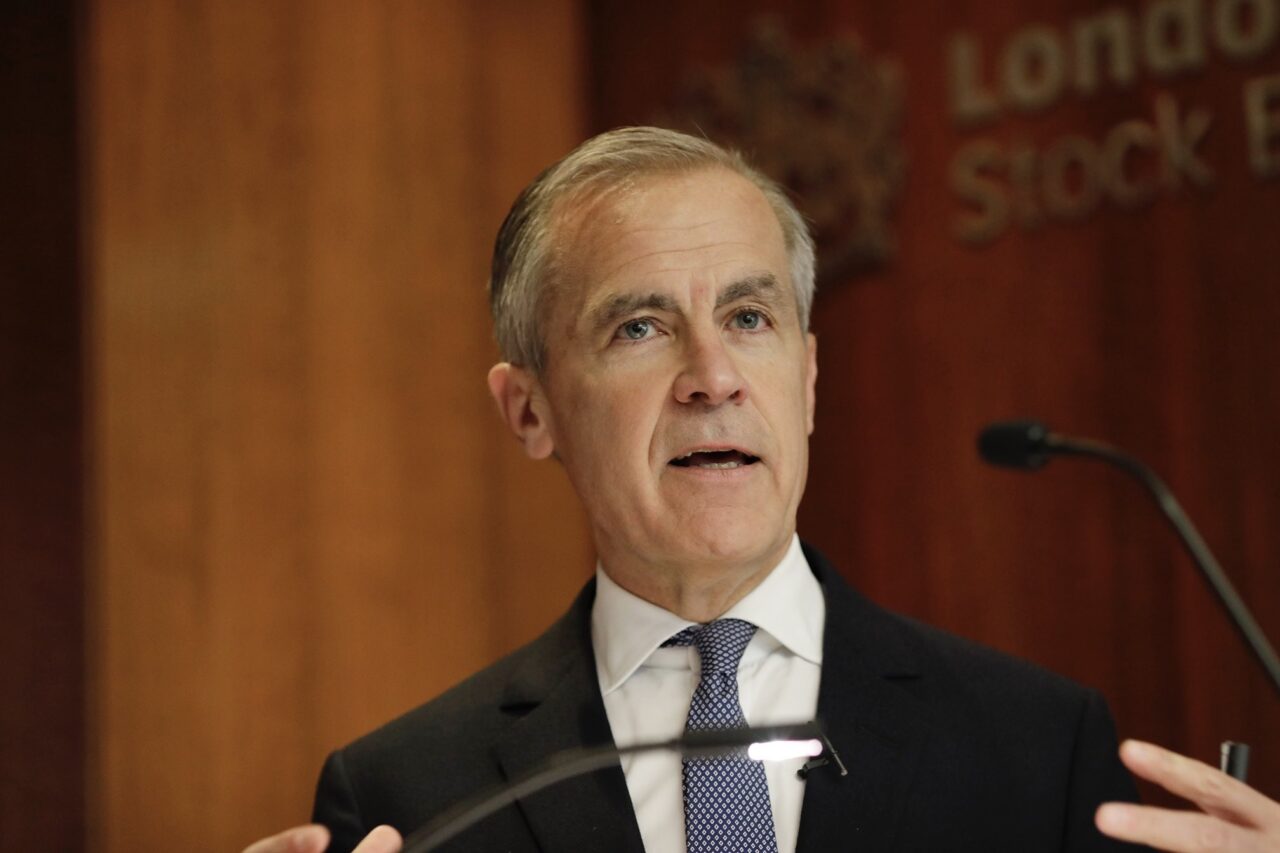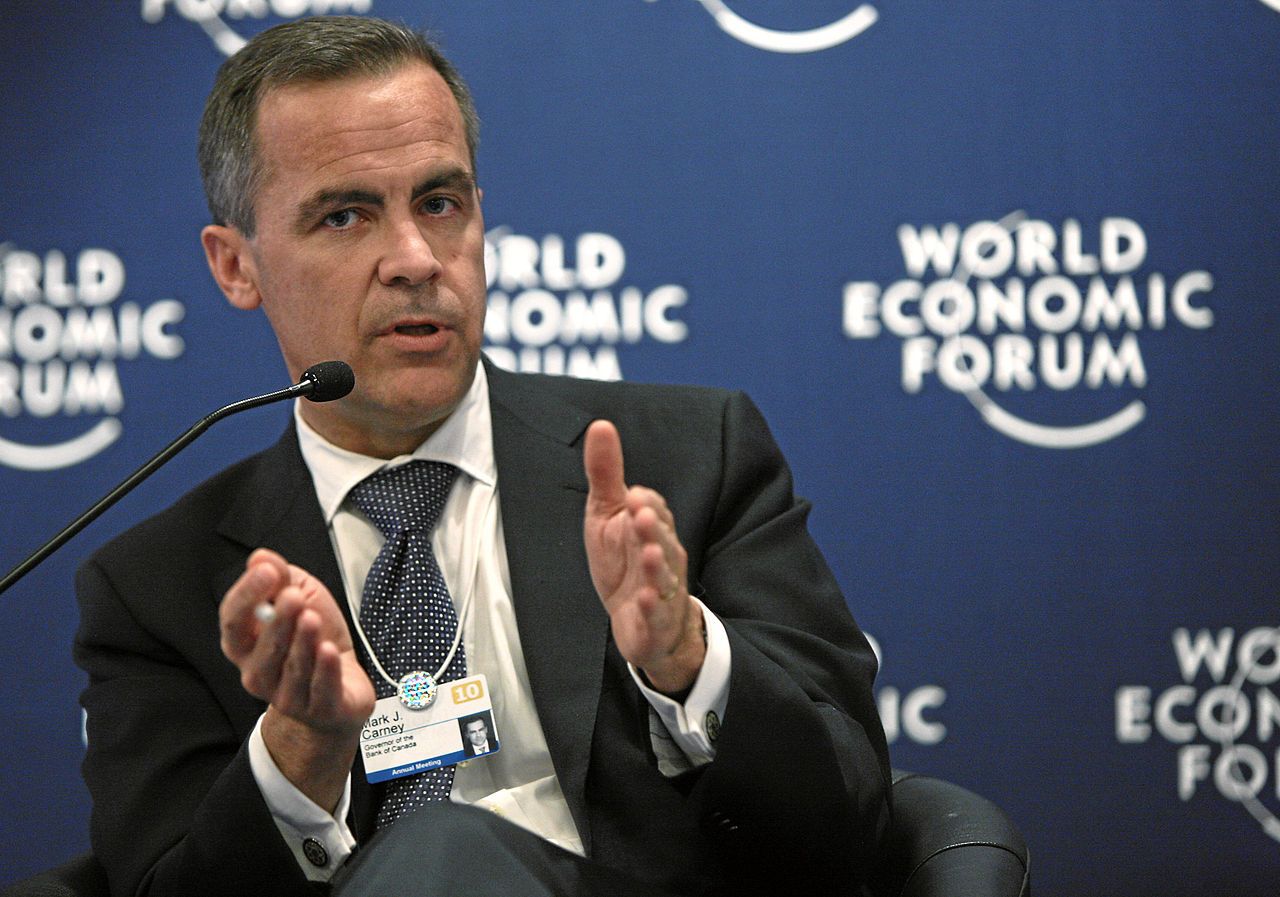Mark Carney's Shock Pivotal: Former Banker's 5-Reasons To Lead Canada To Sustainability
As the world grapples with the challenges of climate change, economic inequality, and social unrest, one man's transformation from a seasoned banker to a champion of sustainability is gaining attention. Mark Carney, the former Governor of the Bank of England, has been a vocal advocate for a low-carbon economy and has offered to lead Canada to a more sustainable future. In this article, we will explore five reasons why Carney's expertise and leadership would be pivotal in guiding Canada towards a more sustainable path.
Canada, a country known for its natural beauty and vast resources, has a critical role to play in reducing greenhouse gas emissions and transitioning to a low-carbon economy. With its vast oil reserves, Canada is a significant contributor to global emissions, and its natural resources are being exploited at an alarming rate. However, with the right leadership and policy framework, Canada can not only reduce its carbon footprint but also become a global leader in sustainable development.
Carney's vision for a sustainable future is centered around five key areas: climate action, economic growth, social equity, and institutional reform. By focusing on these areas, Canada can create a more sustainable economy that benefits all citizens and contributes to the global effort to combat climate change.
Climate Action
Climate change is one of the most pressing issues of our time, and Canada is no exception. Rising temperatures, more frequent natural disasters, and devastating wildfires are just a few of the consequences of inaction. However, Carney's leadership can help Canada take bold action to reduce its greenhouse gas emissions and transition to a low-carbon economy.
- A 2019 report by the Canadian Institute for Climate Choices estimated that if Canada reduces its emissions by 50% by 2030, it can avoid up to 4°C of global warming by 2100.
- The report also highlighted the need for Canada to increase its use of renewable energy, improve energy efficiency, and promote sustainable land use practices.
- Carney's plan to promote a low-carbon economy would involve investing in clean technologies, such as wind and solar power, and providing incentives for businesses and individuals to adopt sustainable practices.
International Cooperation
Canada's commitment to climate action will require international cooperation and leadership. Carney's experience as Governor of the Bank of England has given him a deep understanding of global economic trends and the need for coordinated action to address climate change.
- The Paris Agreement, an international accord signed by nearly 200 countries, aims to limit global warming to well below 2°C and pursue efforts to limit it to 1.5°C above pre-industrial levels.
- Canada's participation in the Paris Agreement is conditional on meeting its own climate targets, which are currently set at reducing emissions by 30% below 2005 levels by 2030.
- Carney's leadership would involve working with international partners to strengthen the Paris Agreement and promote a global transition to a low-carbon economy.
Economic Growth
A low-carbon economy can also drive economic growth and create new opportunities for Canadians. Carney's plan to promote sustainable economic growth would involve investing in clean technologies, green infrastructure, and sustainable industries.
- The clean tech sector is expected to create new jobs and drive economic growth, with the Canadian government investing $11.2 billion in clean tech initiatives between 2016 and 2025.
- The green infrastructure sector is also expected to create new opportunities, with the Canadian government investing $4.7 billion in green infrastructure initiatives between 2016 and 2025.
- Carney's plan would also involve promoting sustainable industries, such as renewable energy, sustainable forestry, and eco-tourism.
Job Creation
A low-carbon economy can also create new job opportunities for Canadians. Carney's plan would involve investing in training programs and education initiatives to help workers transition to new jobs in the clean tech sector.
- A report by the Canadian Institute for Climate Choices estimated that the clean tech sector could create up to 250,000 new jobs in Canada by 2030.
- The report also highlighted the need for workers to have the skills and training needed to transition to new jobs in the clean tech sector.
- Carney's plan would involve providing training programs and education initiatives to help workers develop the skills needed to succeed in the clean tech sector.
Social Equity
A low-carbon economy can also promote social equity and reduce inequality. Carney's plan would involve investing in programs and initiatives that support low-income communities and Indigenous peoples.
- A report by the Canadian Institute for Climate Choices estimated that climate change is already having a disproportionate impact on low-income communities and Indigenous peoples.
- The report also highlighted the need for Canada to invest in programs and initiatives that support these communities, such as affordable housing, clean energy, and climate resilience.
- Carney's plan would involve investing in these programs and initiatives to promote social equity and reduce inequality.
Climate Justice
Climate justice is a critical aspect of promoting social equity and reducing inequality. Carney's plan would involve working with Indigenous communities and other vulnerable populations to ensure that their rights and interests are protected.
- The United Nations Declaration on the Rights of Indigenous Peoples recognizes the rights of Indigenous peoples to their lands, territories, and resources.
- Carney's plan would involve working with Indigenous communities to ensure that their rights and interests are protected and respected.
- The plan would also involve promoting climate justice and human rights, and working to address the disproportionate impact of climate change on vulnerable populations.
Institutional Reform
Institutional reform is critical to creating a low-carbon economy and promoting sustainable development. Carney's plan would involve reforming institutions and policies to support a low-carbon economy.
- A report by the Canadian Institute for Climate Choices estimated that Canada's institutions and policies are not yet aligned with the needs of a low-carbon economy.
- The
Sabrina Carpenter Weight And Height
How Old Iarleyhimkus
Daniel John Gregory
Article Recommendations
- Linda Kozlowski
- Jelly Beans
- Laurenpton Husband
- Theez
- Hisashi Ouchi Real Images
- Manuel Garcia Rulfo Wife
- Lidia Curanaj
- Beyonce
- Mckinley Richardson Fans
- Rosemary Margaret Hobor



